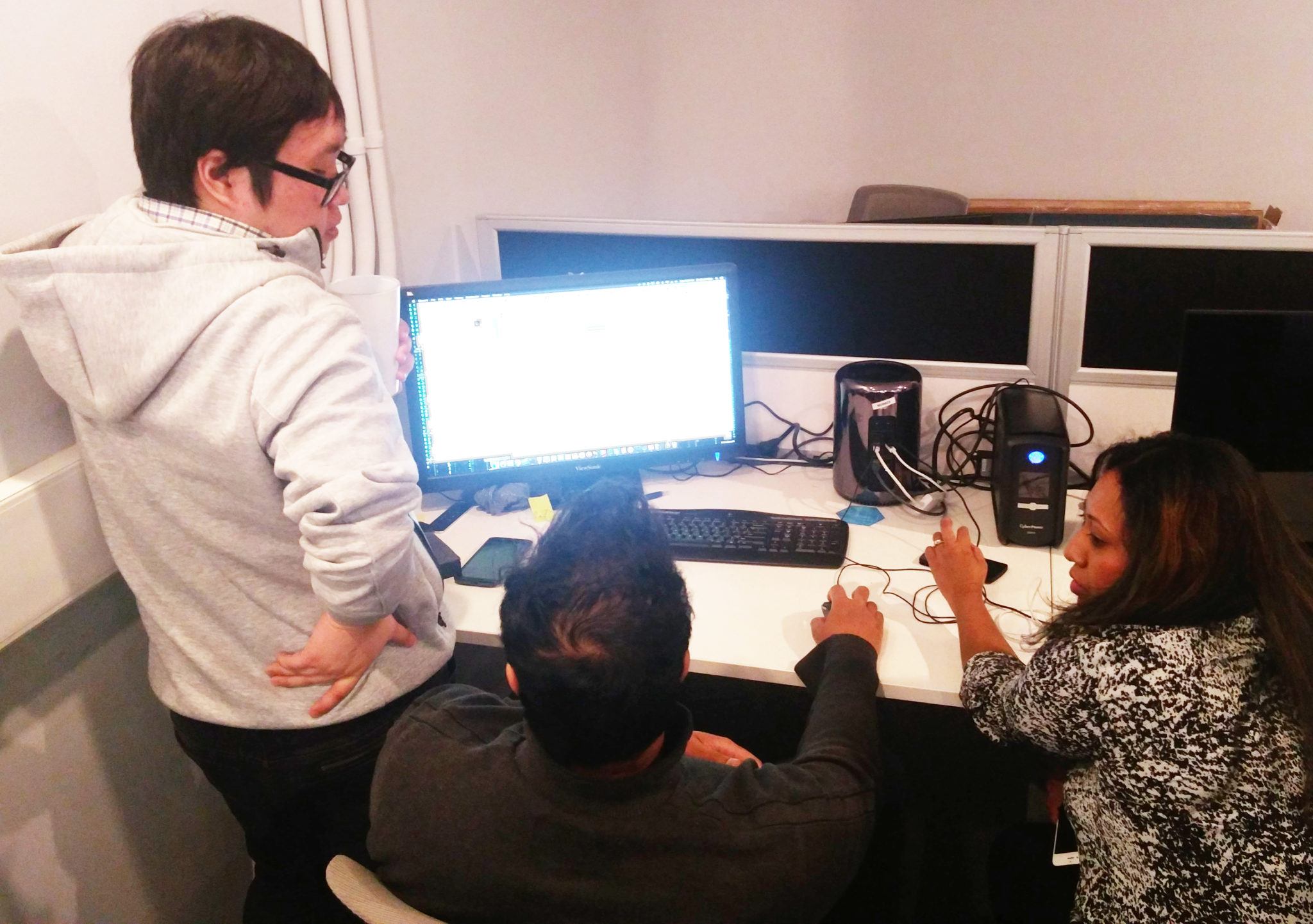Sometimes, companies find themselves in the position where they need to find a new mobile app development firm. Whether it be a change in business model, scalability needs, performance issues or another reason- the current vendor is no longer the right fit. We’ve helped a number of clients make the change and will leverage our experience to help others do the same without conflict. This article is going to teach you how to transition successfully to a new mobile app development firm, in a way that will mitigate risks to your product.
Why Would You Change Your Mobile App Development Firm?
There are a number of reasons that you may need to switch your mobile app development firm. The most common for having to undergo this transition include:
- Current vendor performance – they are not providing the level of quality and attention needed
- Inability to scale with your business – they may not be able to scale with your needs and keep up with the market
- Value – you have done an assessment of the value and believe there are better options for your organization
- Offshore vs. Local – your current vendor is offshore, and your business now needs a local or onshore vendor
- Your current vendor may have changed their business model
Despite the reasons for changing your mobile app development firm, in all cases, the common element is that the vendor is no longer the right fit for your business.
How Do You Successfully Transition From Your Current Mobile App Development Firm?
Transitioning successfully to a new mobile app development firm is more or less difficult depending on factors like your relationship with your current vendor. There are two likely scenarios you will run into when transitioning mobile app development firms:
- You have a good relationship with your current vendor, and are likely making the switch because they have changed their business model, have been acquired, etc.
- The relationship with the current vendor is sour and you are likely switching due to performance issues
In the first case, the vendor typically knows that you are changing to a new mobile app development firm, and ideally, can help facilitate the transition. If possible your current and new firm should meet, which allows for a much smoother transfer of knowledge, documentation, code, and requirements.
If the relationship with your current firm is poor, you probably don’t want to tell them you are making the switch until the majority of the transition is already done. This is because you need to consider security: your current vendor has access to important assets, and while it’s unlikely they would do so, they could sabotage your project.
After you have assessed your relationship and which scenario you fall into, you can begin the process of transitioning to a new mobile app development firm. During the beginning of this transition, your new vendor should work on-site at your office for at least a few days to assess the challenges, allow teams to become familiar with each other, dive into issues or blockers from the previous firm, and more.
The Transition Process
1. Documentation & Architecture
The architects and business analysts from your new mobile app development firm begin writing the documentation, architectural diagrams, etc. As previously mentioned, if the relationship with your other vendor is good, they can provide these assets and the new vendor can assess and resolve any gaps. If not, your new vendor will gather the assets from your business.
2. Automated Test Scripts & Code Deep Dive
Writing automated test scripts that touch every part of the app allows your new vendor to learn the intricacies of the app and become familiar with the code. Furthermore, the new vendor is able to immediately add value and significantly reduce ramp-up time when additional development work such as a new feature is required. Developers can also, at this stage, start taking care of existing bugs and legacy issues.
3. The Build Process
The delivery team should begin setting up the build process and the infrastructure required to release. This may include JIRA or other project management boards, Hockey App, Github, any testing platforms, and more. Starting this process immediately ensures that when a build is ready to be released, there are no processual or infrastructural delays.
With this multi-faceted approach, all of the foundational aspects of the project can be addressed quickly, which significantly increases ramp-up time, mitigates risks involved with switching vendors, and reduces product delays.
Closing Thoughts
Transitioning successfully to a new mobile app development firm may require a fair bit of initial work, but it is not insurmountable. Ideally, you will have a good relationship with your current vendor and they can help facilitate the transition, but in many cases, the switch will be fully executed by your business and the new firm you have hired. Clearbridge Mobile has helped a number of clients make this transition, for reasons ranging from current vendors being acquired, to performance and more. If you are considering moving to a new firm, contact us today to see how we can help make the transition seamless.







